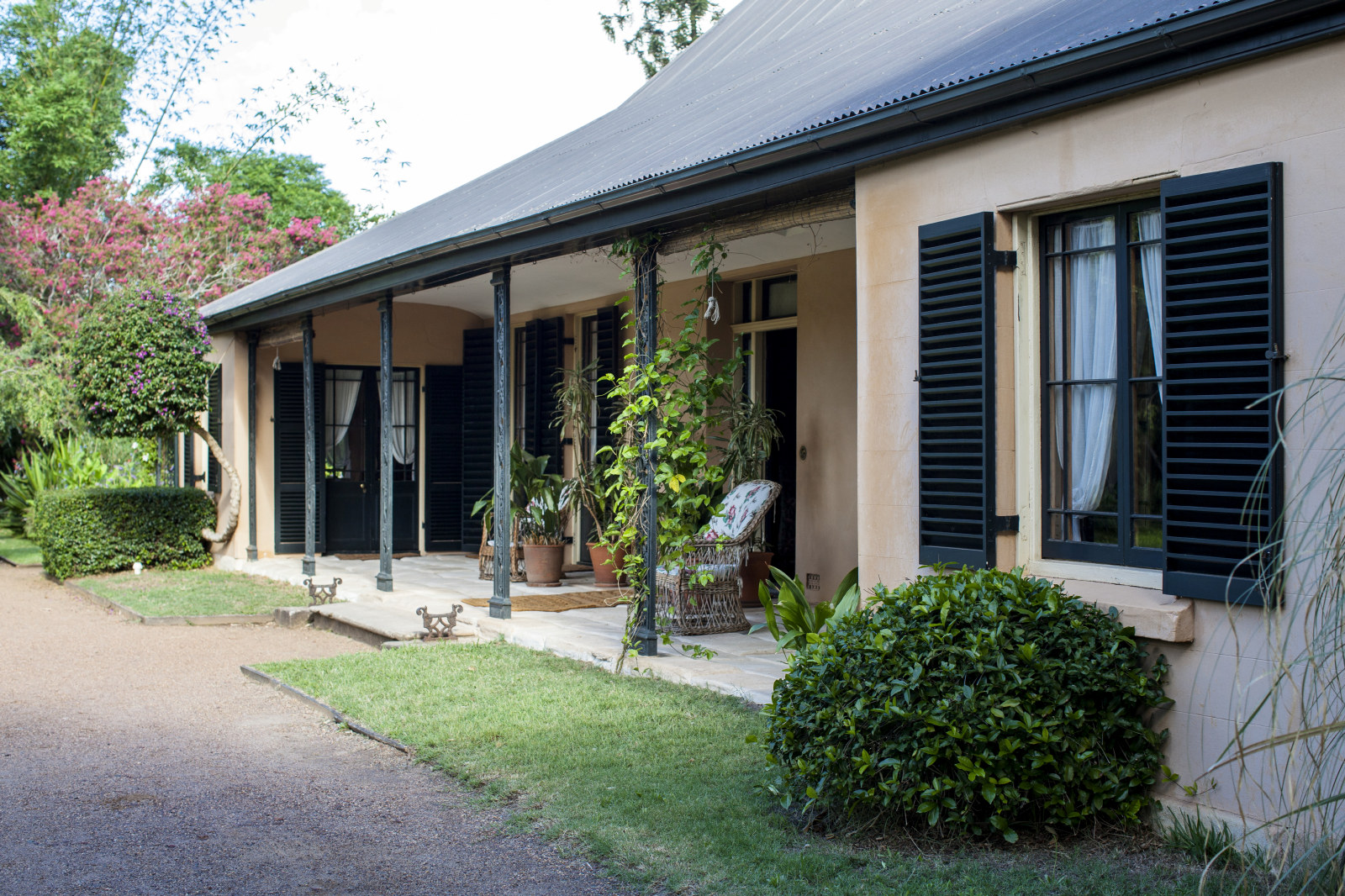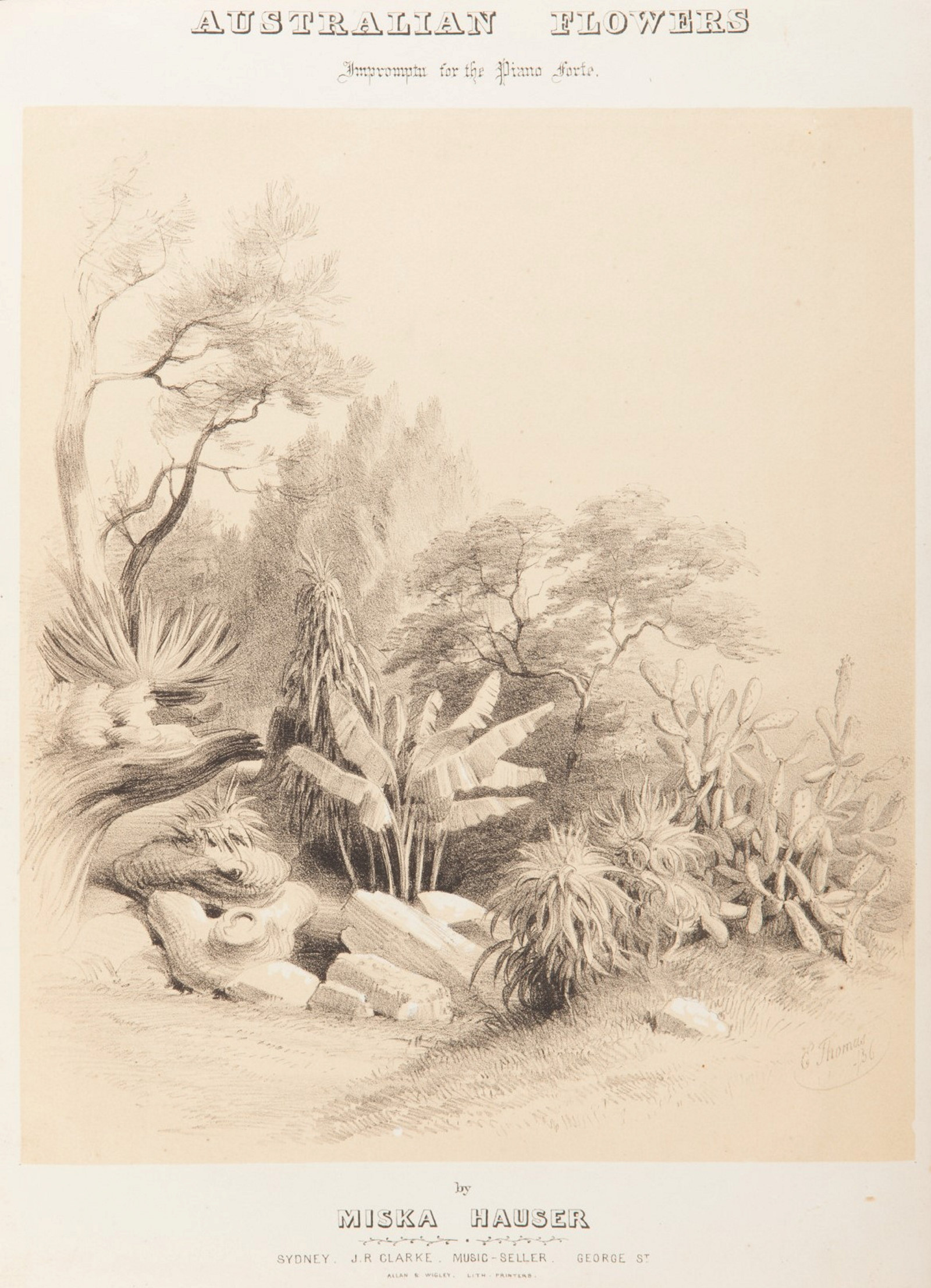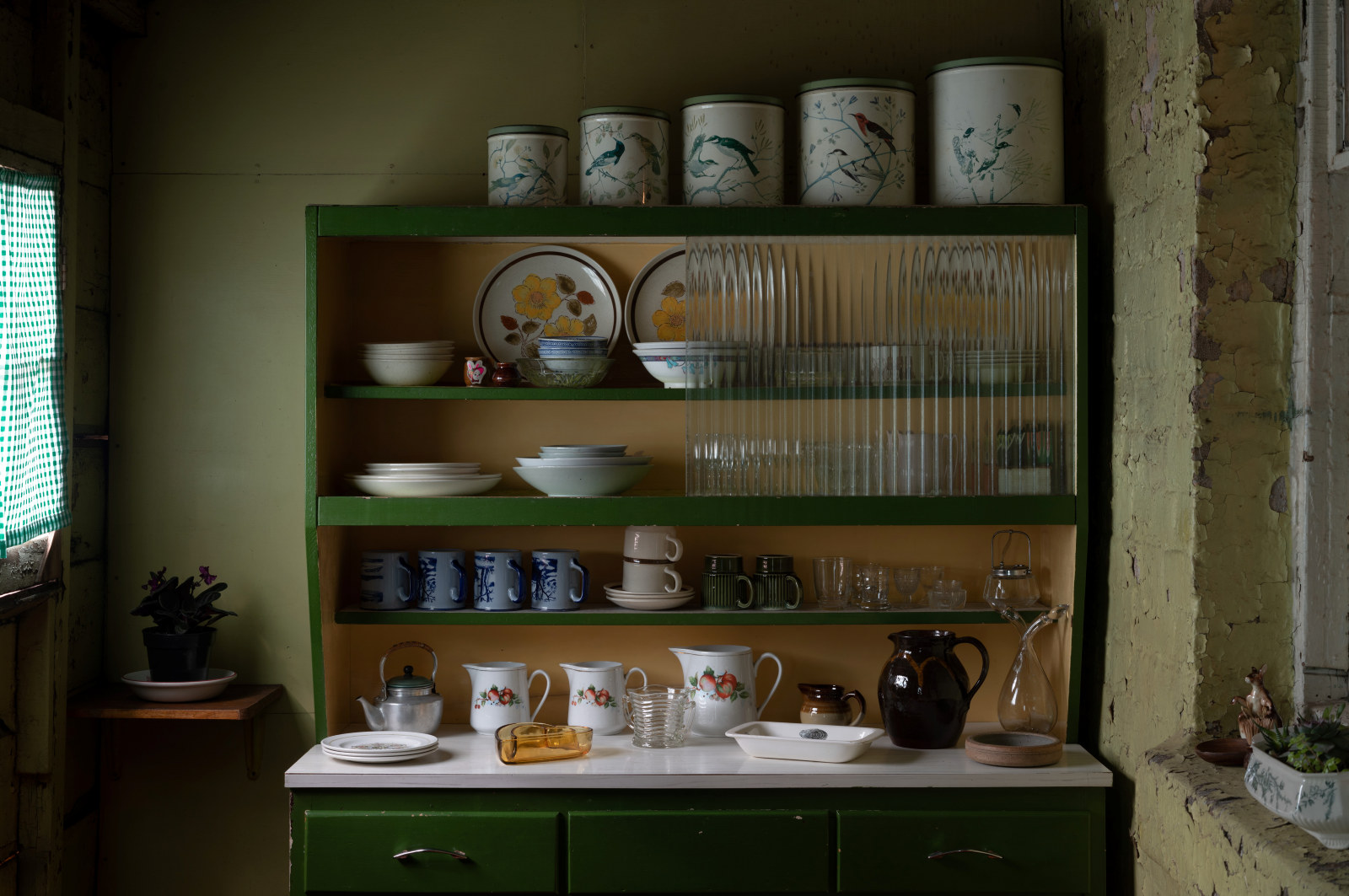Canberra – the federal capital contest
This record series from the State Archives Collection sheds light on the proud efforts of a number of towns, villages and other areas took to present their submissions to become the capital of the new Commonwealth.
Possible sites in New South Wales
With the advent of Federation in 1901 the first Commonwealth Parliament sought to establish a federal capital within the state of New South Wales. The New South Wales Government had set up a Royal Commission in 1899 to investigate possible sites.
The successful site would be situated at least one hundred miles from Sydney and would satisfy the list of criteria (see images below) published by the Registrar of the Land Appeal Court in an official circular sent to intending applicants. The Commissioner, Alexander Oliver, in a later review of the process set out the criteria in much more detail. Both documents identify the perceived building blocks of a flourishing city at the turn of the 20th Century and the desirable standards in terms of health, transport, food production, supply of natural resources and self-sufficiency.
Forty towns applied
On 18 October 1909, New South Wales agreed to surrender approximately 2400 square kilometres of the state to the Commonwealth for the creation of the Australian Capital Territory. The agreement was signed by Prime Minister Alfred Deakin and NSW Premier Charles Wade.
Forty towns vied for the honour of being named Australia’s capital city 1. We hold these submissions as part of the records of the Royal Commission on sites for the Seat of Government of the Commonwealth. The submissions contain personal statements from prominent citizens addressing the selection criteria, maps of the proposed site and statistical tables relating to climate, water supply, food production and mineral resources.
The level of detail and production standards of the submissions varies dramatically according to the resources available. Temperature readings and climate statistics may be the work of the Government Astronomer of New South Wales or the local postmaster. Maps showing areas of crown and alienated lands may be hand drawn or professionally drafted on a grand scale. The submissions vary in length from four to two hundred odd pages. Many also include cuttings from local newspaper campaigns.
What unites them all is their sense of identity and commitment.
Barbers Creek
The village of Barbers Creek provides a good example of a small, simply formatted submission that seemed to be solely in the hands of one man, Herbert J Rumsey, seed merchant. The personal touch of the application contrasts sharply with the more sophisticated offerings from large and established towns. Rumsey’s handwritten application and hand drawn map of the area may be simple in style but clearly address the criteria.
It is also a rarity in that Rumsey, officially the Hon. Secretary of the Barbers Creek Federal Capital Committee, does not appear to hold a recognisable position of authority or status. By far the majority of submissions have relied on statements from doctors, lord mayors, graziers, architects, solicitors, parliamentarians as well the government astronomers and surveyors.
Albury
On the other end of the scale the town of Albury’s submission is the collective work of an impressive array of experts and even includes a glossy pictorial publication promoting the attractions of the area and a snappy summary of the main points in its favour.
Orange
The town of Orange also submitted an impressive printed publication accompanied by a detailed hand coloured map of the proposed Federal site.
Climatic considerations
Of all the information submitted regarding climate, rainfall and water supply the absolute standout has to be the giant black and white hand drawn table of the Lake George water levels covering almost a century. There is also a detailed report regarding the practicalities of water supply from this area that also highlights the complexity and importance of this particular issue.
Although much care was taken with the application for the site around Lake George all hopes for the area were dashed by a damning report from the visiting commissioner:
The site itself commands an extensive view of Lake George, which would undoubtedly possess much charm if the lake were full of water, but when your commissioners visited the spot it was dry, and presented anything but an attractive appearance. The site generally is wanting in picturesqueness.
Lake George
Table and report of Lake George water levels 1816-1906
Citizens’ references and city health reports
The statistical information in these applications will be of interest to anyone making a study of living standards outside of the major cities. It is however the glowing and often subjective testimonies from prominent local citizens that really bring the documents to life.
Armidale
Tenterfield
This is the Government Medical Officer's testimony concerning the remarkable health of the Tenterfield population. Across all the applications what constituted a healthy population was deemed to be the absence or relative absence of diseases such as typhoid fever, diptheria and consumption. NRS 1460 2-884-8
Most applicants were very keen to show themselves in the best possible light and the level of positive spin was high – in some cases very high indeed – the Local Government Medical Officer at Tenterfield provides the sublime example of the glass half full:
Parts of this district are so healthy that I have never visited them professionally
Useful local and social history resources
Whilst all of these submissions lost out to Canberra they are in effect a time capsule for rural New South Wales c.1900 and a valuable resource for social, local and family historians. On the broadest level they provide an insight into the prerequisites for the growth and sustenance of a successful city at the dawn of the 20th century. Many issues such as transport, health, climate, water and mineral supplies remain very high on today’s national agenda. At a local level they provide an interesting insight into each area, its prominent citizens, outstanding attributes, facilities and resources.
View these records in person
You can view the material highlighted in this article in the State Archives Reading Room as part of the following record series:
- The Correspondence and Minutes of Evidence and proceedings of the Royal Commission on Sites for the Seat of Government of the Commonwealth 1899-1902, NRS-1460, NRS-1461, [2/882-885.5].
Research by
Bridget Reilly, Archivist Collections
Notes
- A full listing of the forty towns that submitted applications can be found in Part 3 of our Guide to Federation.
Published on
Collections
![Owner bound volume of assorted songs, in the collection of Rouse Hill House & Farm, 1850-1864. [music]](https://images.slm.com.au/fotoweb/embed/2023/10/615fb53b45ca4bfb8d979b01993be8c3.jpg)
‘Home! Sweet Home!’
It may come as a surprise that the expression ‘home, sweet home’ originates from a song title

'A most excellent brick house' Elizabeth Farm
Curator Dr Scott Hill explores some of the enduring mysteries buried in the architecture of Australia’s oldest surviving homestead

'Australian Flowers'
Given that much of the music played in Australia in the 19th century had been imported, one might ask what constituted an ‘Australian’ piece of music?

(Re)making a home
An evocative collection of household items belonging to the last tenants of Susannah Place